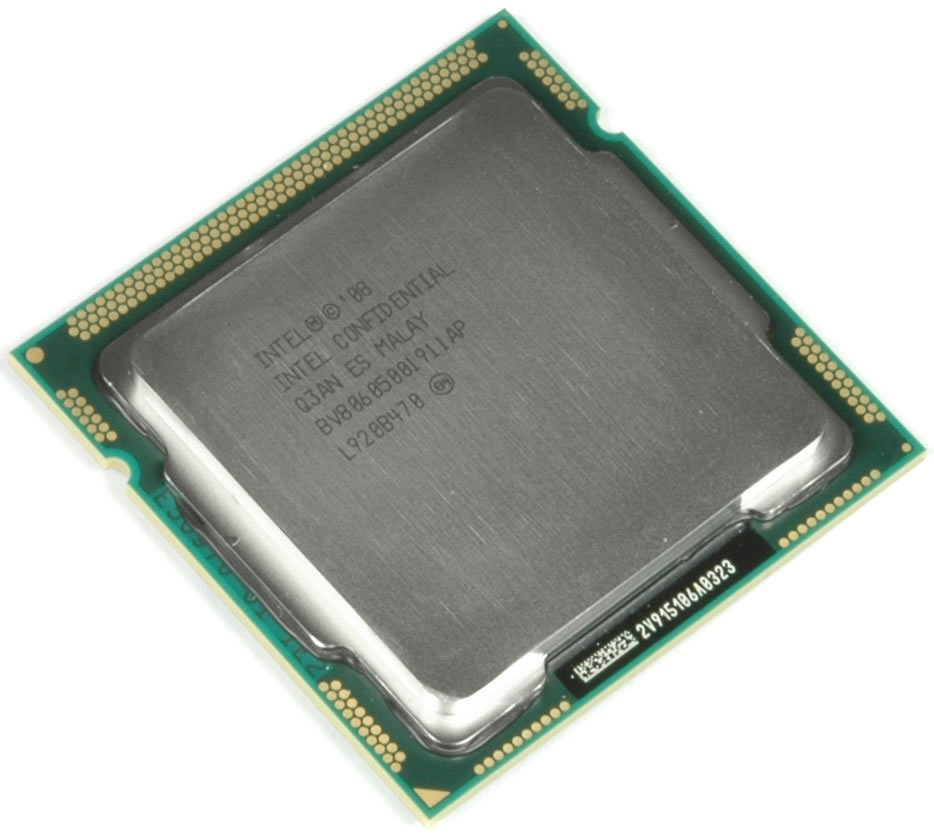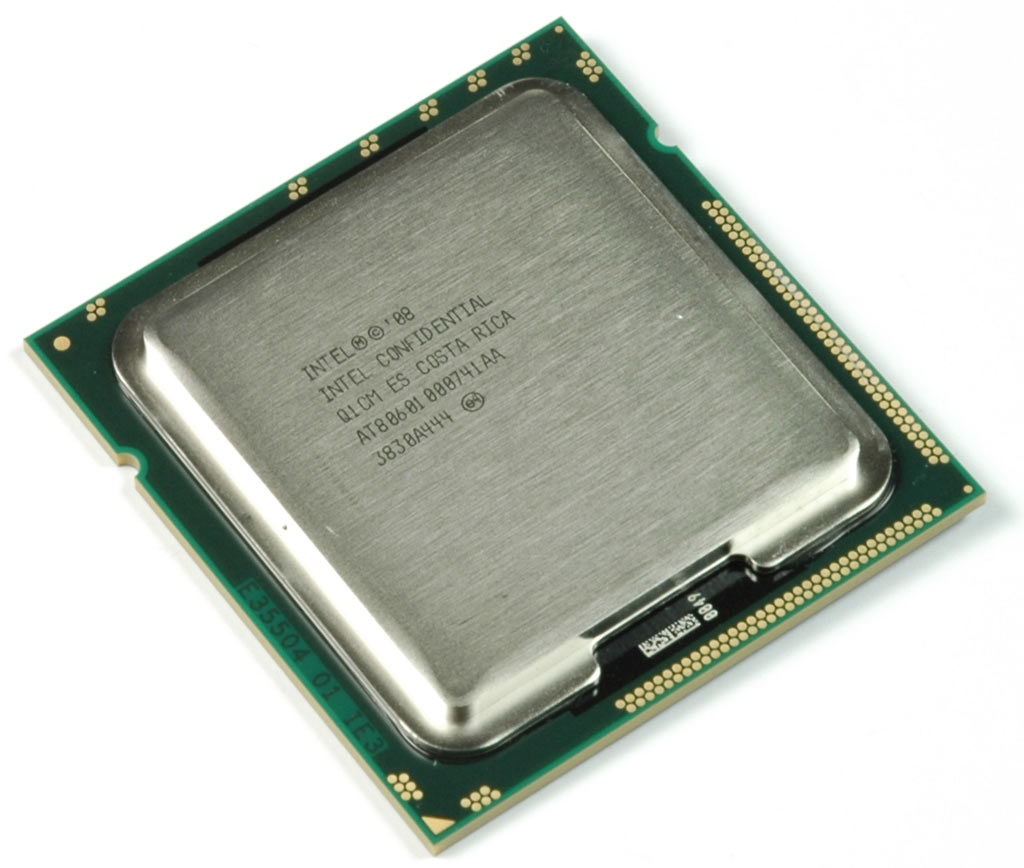Experiment: Comparing Four Quad-Core Architectures At 2.8 GHz
Intel Core i5 And Core i7
Core i5 (LGA 1156)
The Core i5-750 processor was launched late last year, and it represents the first model of Intel’s future mainstream platform. Its 2.66 GHz default speed is fast enough to deliver high performance, and it supports Intel’s Turbo Boost feature, which increases the clock speed for one or two cores by up to four clock speed increments (4 x 133 MHz). This results in a peak single/dual-core clock speed of 3.2 GHz. If three or four cores are used, the chip can still accelerate by 133 MHz, reaching 2.80 GHz. This is exactly what we wanted, so we locked this processor’s clock speed to a firm 2.8 GHz to run our tests.
Core i5 has the same technical characteristics as the Core i7-800-series flagships, but it lacks support for Hyper-Threading. Hyper-Threading exposes eight logical cores on Core i7 systems. All Core i5/i7 processors on LGA 1156 employ a dual-channel DDR3 memory controller, while Core i7 on the LGA 1366 interface utilizes a triple-channel design. However, this isn’t a significant advantage for the LGA 1366 platform.
Intel Core i5/i7: Intel’s Mainstream Magnum Opus
Core i7 (LGA 1366)
Core i7 for LGA 1366 was introduced more than a year ago. Yet it is still the fastest processor with the fastest architecture. The current flagship is the Core i7-975 Extreme at 3.33 GHz, which is fast enough to clearly beat all AMD offerings. The mainstream models at 2.66 to 3.06 GHz are still powerful, but relatively expensive.
Core i7 on LGA 1366 has a triple-channel memory controller, first-generation Turbo Boost (less aggressive than LGA 1156-based processor boosts), and Hyper-Threading on all models.
Get Tom's Hardware's best news and in-depth reviews, straight to your inbox.
Current page: Intel Core i5 And Core i7
Prev Page AMD Phenom II X4, Intel Core 2 Quad Next Page Test System
